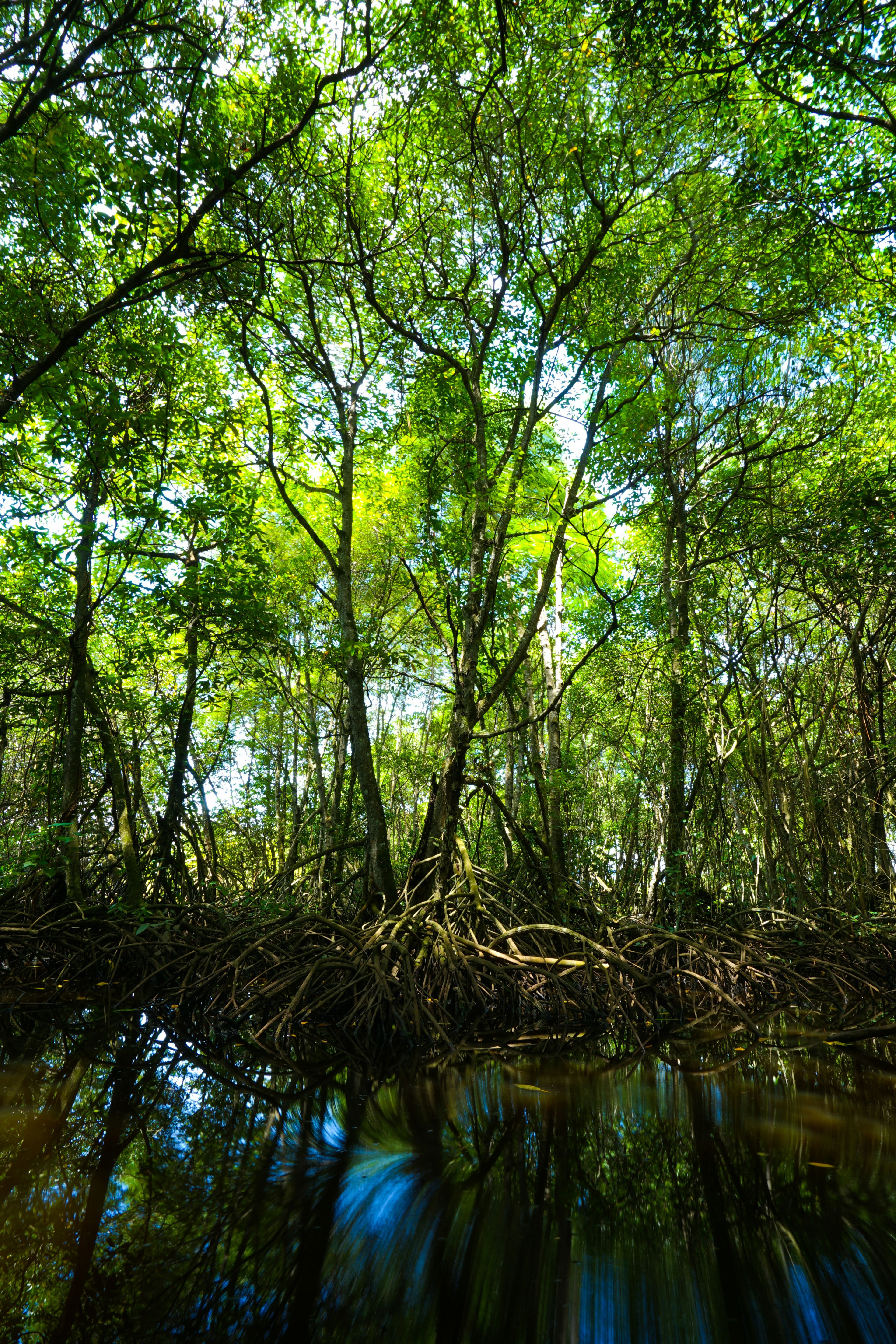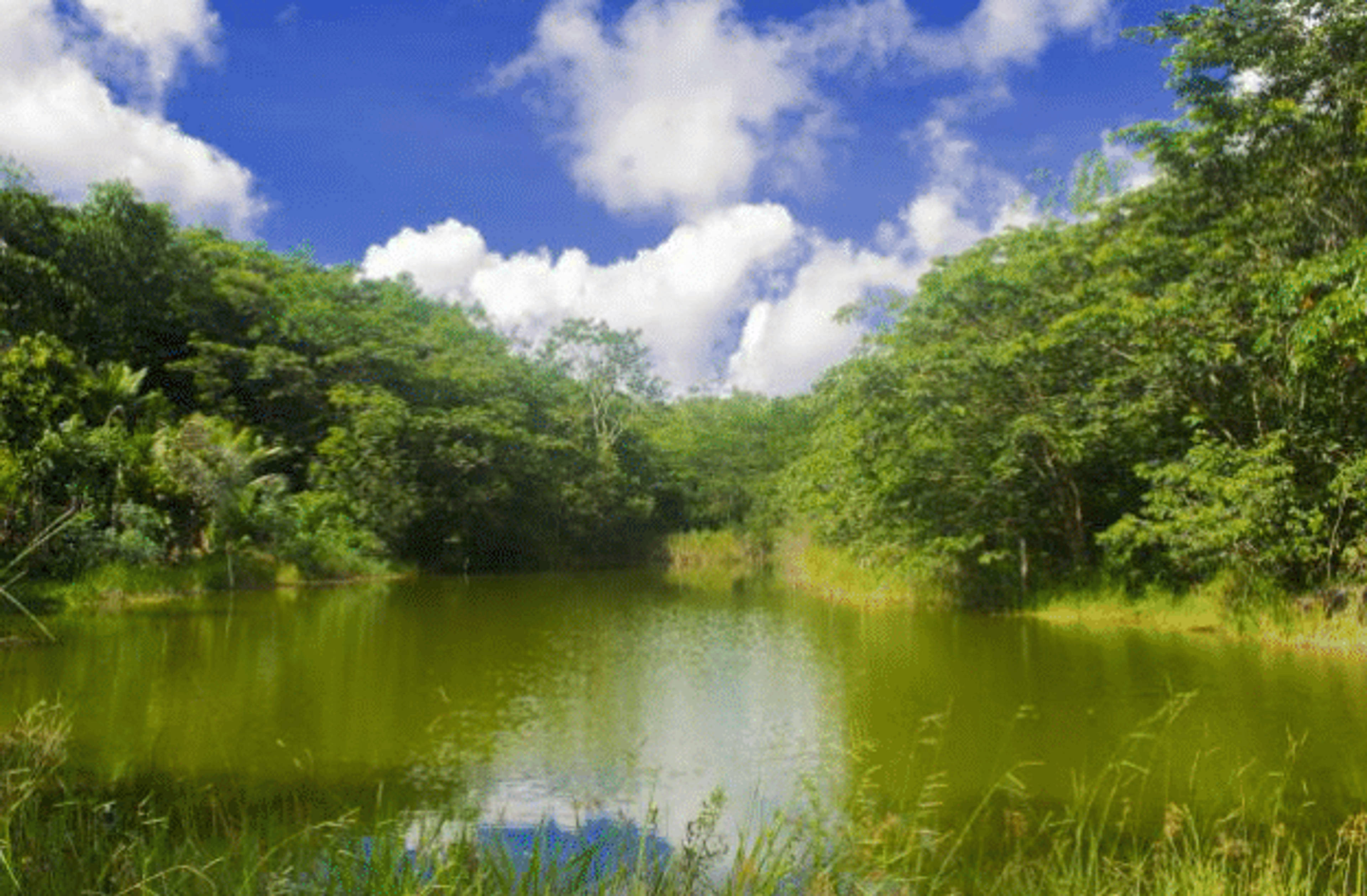Combining conservation and economic development.
Indus Delta Capital, alongside the Government of Sindh, leads the charge in protecting, restoring, and sustainably managing the natural resources of the Indus Delta Region. Through the Delta Blue Carbon – Phase- 1 (DBC-1) initiative, they forged a powerful public-private partnership, facilitated by the Sindh Forest and Wildlife Department. Since its launch in 2015, the project has remained steadfast in its commitment to safeguarding this vital ecosystem.
Before the project’s inception, vegetation in the area was gravely sparse, with mangrove trees scattered or confined to creek banks, while large stretches of land were barren or covered in salt-tolerant Oryza coarctata grass. The situation was exacerbated by the reduced supply of fresh water and the release of sediment into the delta area due to upstream grazing activities.
Through their concerted efforts, Indus Delta Capital and the Government of Sindh are making significant progress in revitalizing the region's mangrove forests and wetlands. Their work paves the way for sustainable environmental management and economic development.
100%
Native species planted
7th
Largest mangrove forest system in the world

The project spans 350,000 hectares in the Indus Delta Region, Pakistan addressing deforestation and degradation through large-scale reforestation. The aim is to foster a vibrant community and economic development in the region.











